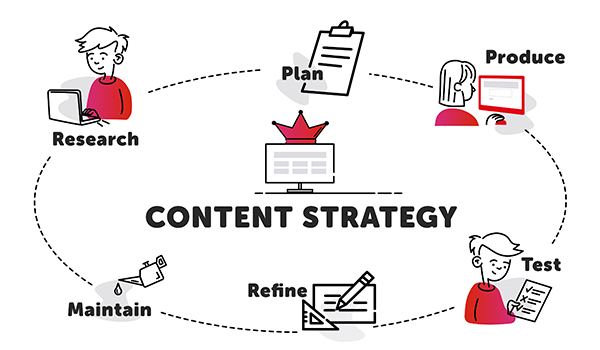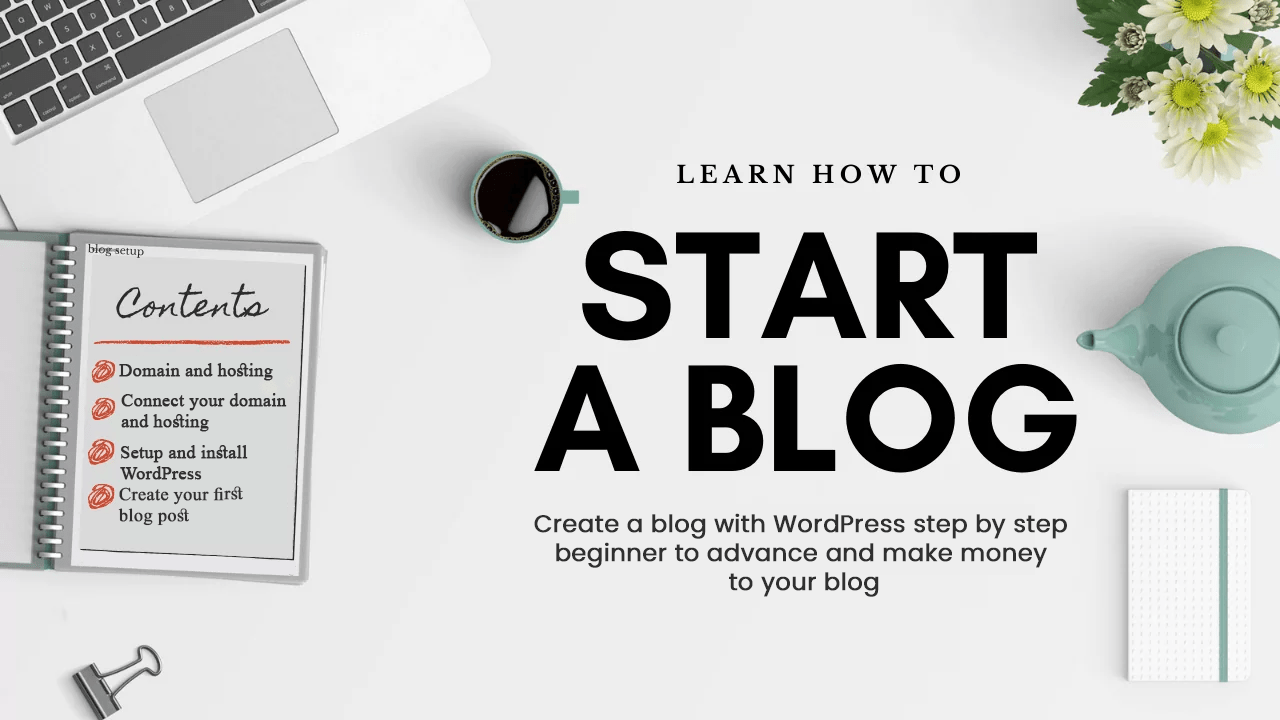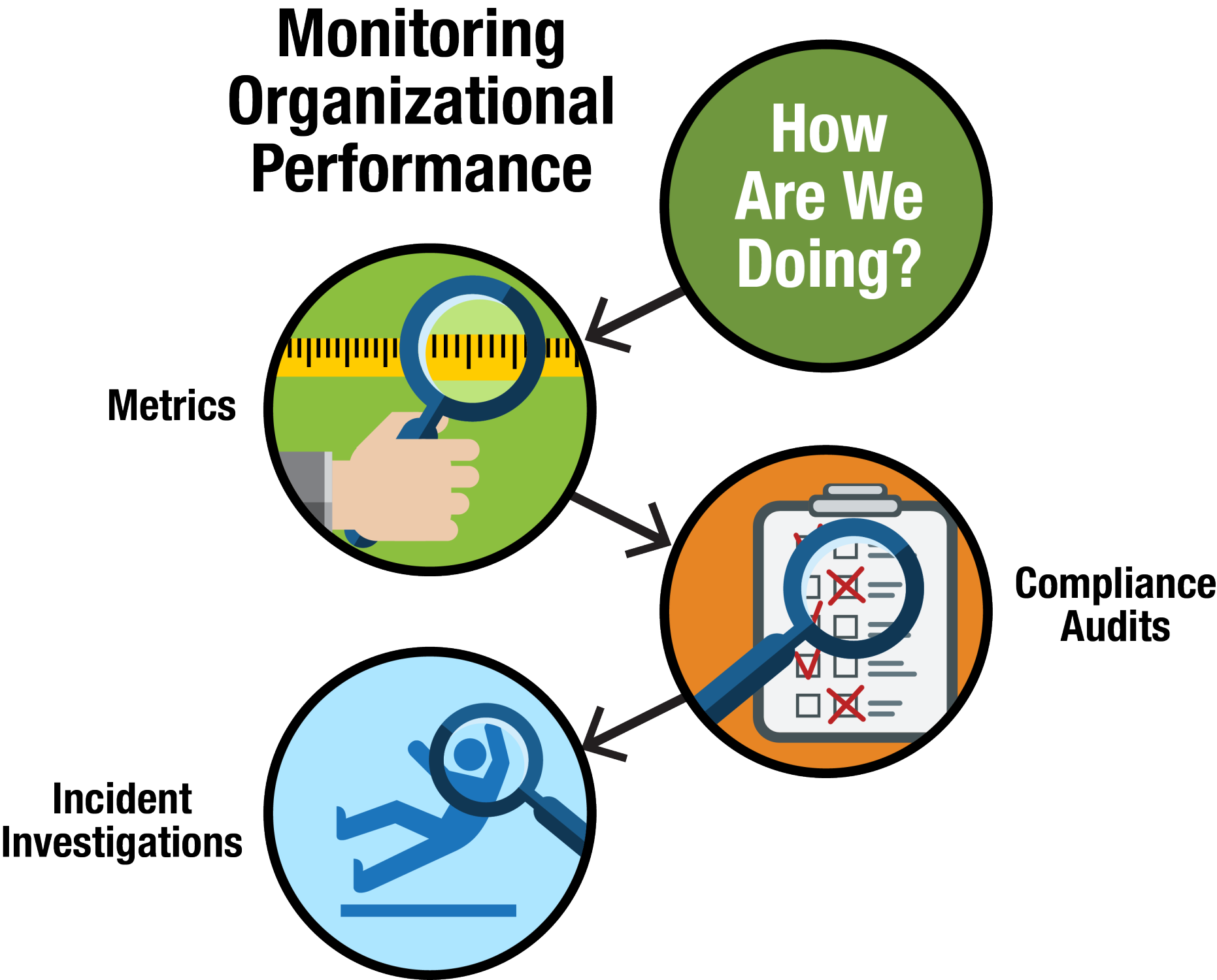Introduction:
In the rapidly evolving world of technology and gadgets, staying informed and sharing insights can be incredibly rewarding. If you have a passion for tech and want to share your knowledge, starting a tech and gadgets blog can be a great way to establish yourself as an authority in the field. However, creating a successful blog requires more than just a love for gadgets; it involves careful planning, consistent effort, and strategic execution. This guide will walk you through the essential steps to start and grow a successful tech and gadget blog.
- Define Your Niche
The tech world is vast, encompassing everything from smartphones and laptops to smart home devices and emerging technologies like AI and blockchain. To stand out, it’s crucial to define your niche. Consider focusing on a specific area, such as:
- Consumer Electronics: Reviews and news on the latest smartphones, tablets, and laptops.
- Gaming: console and PC game reviews, gaming hardware, and industry news.
- Smart Home Devices: Insights on smart home technology, security systems, and automation.
- Emerging Tech: Innovations in AI, blockchain, VR/AR, and other cutting-edge technologies.
By narrowing your focus, you can build a dedicated audience that shares your interests and looks to you for specialized knowledge.
- Research and plan your content.

Once you’ve defined your niche, the next step is to plan your content. Research popular topics within your niche to understand what your audience is interested in. Use tools like Google Trends, Ahrefs, or SEMrush to find trending topics and keywords.
Your content plan should include a mix of:
- News and Updates: Stay current with the latest industry news and share timely updates.
- Product Reviews: In-depth reviews of the latest gadgets, including pros, cons, and user experiences.
- How-To Guides: Step-by-step tutorials on using tech products or troubleshooting common issues.
- Opinion Pieces: Share your thoughts on industry trends, new releases, and future predictions.
- Comparison Articles: Compare similar products to help your readers make informed purchasing decisions.
- Choose the Right Platform
Popular platforms include WordPress, Blogger, and Medium. WordPress is often recommended for its flexibility and a wide range of plugins that can enhance your blog’s functionality.
When choosing a platform, consider the following:
- Ease of Use: Ensure the platform is user-friendly and doesn’t require extensive technical knowledge.
- Customization: Look for platforms that offer customizable themes and plugins to make your blog visually appealing and functional.
- SEO Features: Good SEO tools can help improve your blog’s visibility on search engines.
- Monetization Options: If you plan to monetize your blog, choose a platform that supports various monetization methods.
- Set Up Your Blog
Setting up your blog involves several key steps:

- Design and Layout: Select a clean, professional theme that enhances the user experience. Ensure your blog is mobile-friendly, as a significant portion of your audience will access it via smartphones.
- Essential Plugins: Install essential plugins for SEO (e.g., Yoast SEO), social sharing (e.g., ShareThis), analytics (e.g., Google Analytics), and security (e.g., Wordfence).
- Create high-quality content.
High-quality content is the backbone of a successful blog. Here are some tips to ensure your content stands out:
- Be Original: Provide unique insights and avoid regurgitating information from other sources. Original content builds credibility and trust.
- Multimedia: Incorporate images, videos, infographics, and charts to make your posts visually appealing and informative.
- Accuracy: Ensure your information is accurate and well-researched. Fact-check your data and cite credible sources.
Optimize for SEO.
Here are some basic SEO practices:
- Keyword Research: Use relevant keywords in your titles, headers, and content. Avoid keyword stuffing; focus on natural incorporation.
- Meta Descriptions: Write compelling meta descriptions that accurately describe your content and include your primary keyword.
- Internal and External Links: Use internal links to guide readers to related content on your blog. External links to reputable sources can also improve your SEO.
- Design: Ensure your blog is mobile-friendly. Google prioritizes mobile-friendly sites in its search rankings.
- Promote Your Blog
Creating great content is just the first step. Promoting your blog is essential to attract readers and build a following.
- Social Media: Share your posts on social media platforms like Twitter, Facebook, Instagram, and LinkedIn.
- Email Marketing: Build an email list and send newsletters to your subscribers. Include links to your latest posts and exclusive content.
- Guest Blogging: Write guest posts for popular tech blogs to reach a wider audience and build backlinks to your site.
- Forums and Communities: Participate in tech forums and online communities like Reddit and Quora. Share your expertise and link to your blog where relevant.
- Collaborations: Partner with other bloggers, influencers, and brands in your niche to co-create content and cross-promote.
- Engage with Your Audience
Building a loyal readership requires engaging with your audience.
- Comments: Encourage readers to leave comments and respond promptly to foster a sense of community.
- Feedback: Solicit feedback through polls and surveys to understand your audience’s preferences and improve your content.
- Social Media Interaction: Actively engage with your followers on social media
- Live Interactions: Host live Q&A sessions, webinars, or live reviews on platforms like YouTube, Instagram, or Facebook.
- Monitor and analyze performance.
Regularly monitoring your blog’s performance helps you understand what works and what doesn’t. Use tools like Google Analytics to track:

- Traffic Sources: Understand where your traffic is coming from (search engines, social media, referrals, etc.).
- Popular Content: Identify which posts are performing well and why.
- Audience Demographics: Gain insights into your audience’s age, gender, location, and interests.
- Engagement Metrics: Track metrics like bounce rate, average session duration, and pages per session.
Use this data to refine your content strategy and improve your blog’s performance.
- Monetize Your Blog
Once you have built a substantial readership, you can explore various monetization options:
- Affiliate Marketing: Promote products and earn a commission for each sale made through your referral links.
- Sponsored Posts: Partner with brands to create sponsored content.
- Ad Revenue: Use ad networks like Google AdSense to display ads on your blog and earn revenue based on impressions or clicks.
- Product Reviews: Get paid to review tech products.
- Digital Products: Create and sell digital products like e-books, courses, or exclusive content.
Conclusion
Starting a tech and gadgets blog requires passion, dedication, and strategic planning. By defining your niche, creating high-quality content, optimizing for SEO, and actively engaging with your audience, you can build a successful blog that stands out in the crowded tech space. Remember, consistency is key. Keep learning, stay updated with the latest trends, and continuously refine your approach to keep your blog growing and thriving. Happy blogging!

